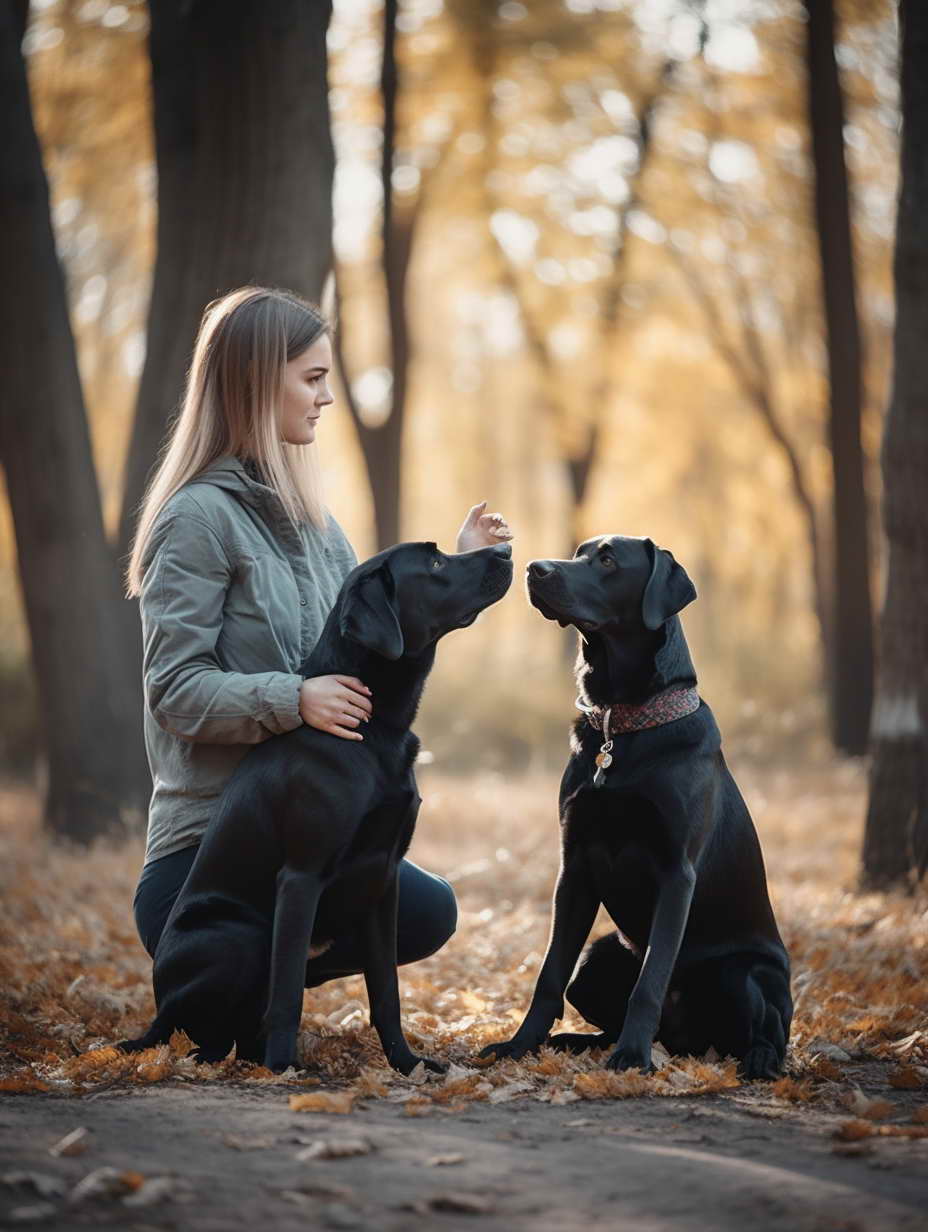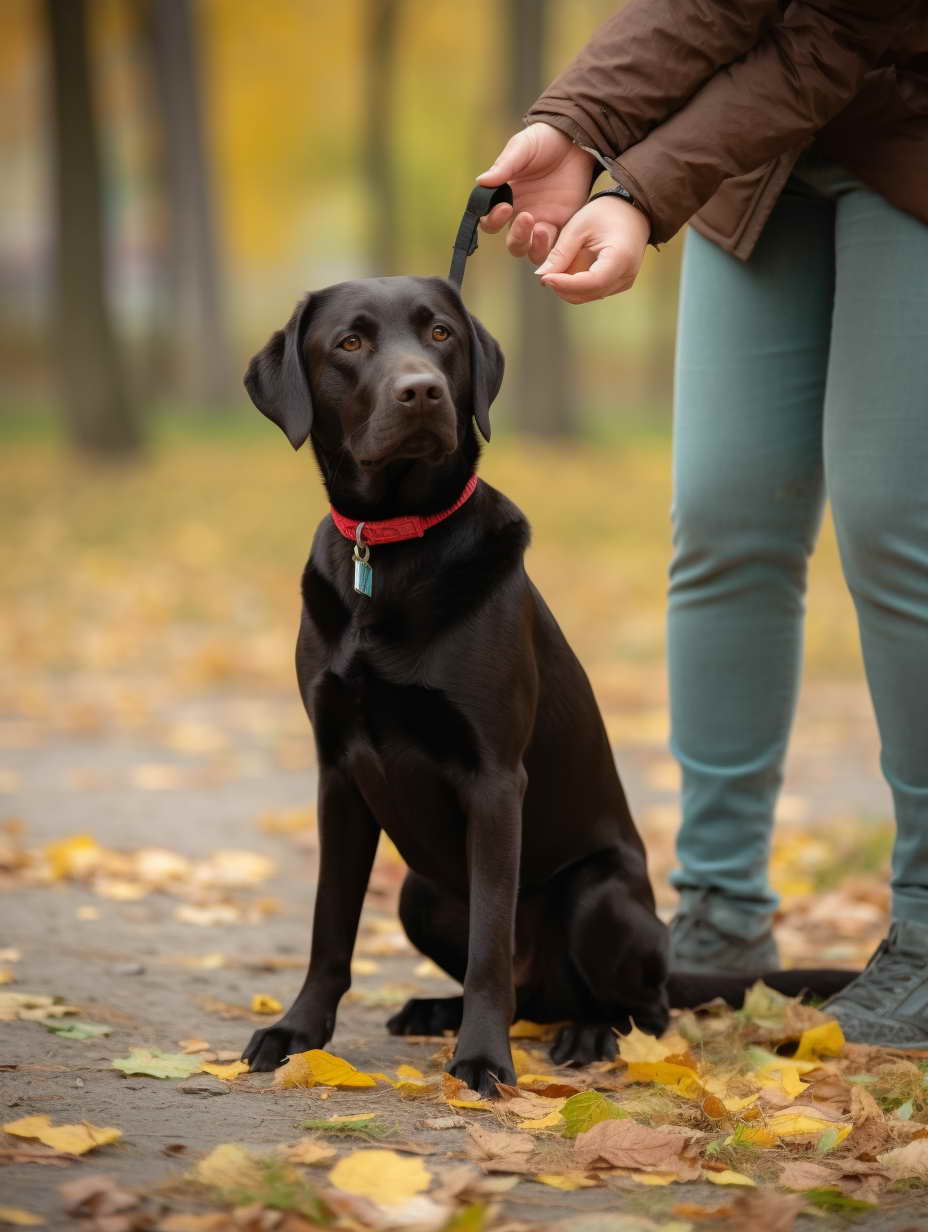How Do You Use Clicker For Dog Training: A Comprehensive Guide
Dog training is a rewarding journey that strengthens the bond between you and your furry companion. Among various training techniques, clicker training has gained popularity for its effectiveness and positive reinforcement approach. In this guide, we will delve into the world of clicker training, answering the question: “How do you use a clicker for dog training?”.
Understanding the Basics of Clicker Training
Clicker training is a highly effective and humane method of dog training that relies on the principles of positive reinforcement. In this section, we will delve deeper into the core concepts of clicker training and how to implement them successfully.
1. Clicker Introduction
- The clicker itself is a small handheld device that makes a distinct clicking sound when pressed. It serves as a marker or signal to communicate to your dog that they have performed a desired behavior correctly. The first step in clicker training is introducing your dog to this novel sound.
- To begin, find a quiet and comfortable place to conduct the initial introduction. Ensure you have plenty of small, tasty treats on hand to reward your dog. Hold the clicker in one hand and have a treat in the other.
- Press the clicker to create a sharp, consistent sound, and immediately offer your dog a treat. Repeat this process several times, creating a clear association between the click and the reward. Your dog will quickly learn that the clicker signifies something positive.
2. Positive Reinforcement
- Clicker training is fundamentally built on the concept of positive reinforcement. This means that desirable behaviors are rewarded, making it more likely for the dog to repeat those behaviors in the future.
- When your dog performs a behavior you want to encourage, such as sitting on command or coming when called, use the clicker to mark the moment of success. Follow the click with a reward, typically a treat. This positive association reinforces the desired behavior.
3. Timing is Crucial
- One of the critical aspects of clicker training is precise timing. The click must occur at the exact moment your dog performs the desired behavior. Dogs have a limited window of time to associate the click with their action, so it’s crucial to click immediately when the behavior happens.
- For example, if you’re teaching your dog to sit, click the moment their hindquarters touch the ground. If you click too early or too late, it may confuse your dog, making it harder for them to understand what they did right.
4. Consistency Matters
- Consistency is key to successful clicker training. Everyone involved in the training, whether it’s family members or trainers, should use the same cues, clicks, and rewards.
- Inconsistencies in the training process can lead to confusion for your dog. If one person uses the clicker for a particular behavior, while another uses a verbal cue, your dog may struggle to understand what’s expected of them.
- It’s also important to be consistent in the rewards you offer. Use the same type of treat or reward every time your dog performs the desired behavior to reinforce the connection between the action and the positive outcome.

The Step-by-Step Guide to Clicker Training
Now that you’ve grasped the basics of clicker training, let’s embark on a detailed step-by-step guide to help you use a clicker effectively in your dog’s training journey.
1. Choose the Right Clicker
- Clickers come in various shapes and sizes. When selecting a clicker, opt for one that fits comfortably in your hand and is easy to operate. Additionally, consider your dog’s comfort level with the clicking sound it produces. Some dogs may be sensitive to loud or harsh clicks, so choose a clicker with a sound that doesn’t startle or scare your furry companion.
- If you’re unsure which clicker to pick, consult with a professional dog trainer who can recommend a suitable option based on your dog’s needs and preferences.
2. Find the Ideal Training Environment
- A conducive training environment plays a crucial role in the success of clicker training. Select a quiet, distraction-free space where you and your dog can focus without interruptions. This minimizes the chances of your dog getting distracted by external stimuli.
- Eliminate any potential sources of noise or disruption, such as loud appliances or other pets. A tranquil setting will help your dog concentrate on the training exercises.
3. Start with Simple Commands
- Begin your clicker training journey with straightforward commands that your dog is likely to grasp quickly. “Sit” and “stay” are excellent starting points. These basic commands provide a strong foundation for more advanced training later on.
- To get started, issue a command like “sit.” As soon as your dog complies and sits down, click the clicker and immediately reward them with a treat. This reinforces the connection between the click, the desired behavior, and the reward.
4. Gradually Increase Difficulty
- As your dog becomes proficient in responding to basic commands, gradually introduce more complex tasks. For instance, you can move on to teaching “lie down” or “come.” Each time your dog successfully follows a command, click and reward.
- It’s important to remember that learning takes time, and every dog progresses at their own pace. Be patient and avoid rushing through training exercises. Celebrate small victories and build on them.
5. Be Patient and Consistent
- Patience is a virtue in clicker training. Dogs learn best when they feel relaxed and secure. If your dog struggles with a particular command or behavior, avoid getting frustrated. Instead, take a step back, break the training into smaller steps, and reward incremental progress.
- Consistency is equally important. Ensure that all members of your household use the same cues, clicks, and rewards. A unified approach to training prevents confusion and helps your dog understand what is expected of them.
Final Thought
Clicker training is a powerful and humane way to train your dog, fostering a strong bond and promoting good behavior. By following the steps outlined in this guide and practicing patience, you’ll be well on your way to having a well-trained and happy canine companion.

Leave a Reply